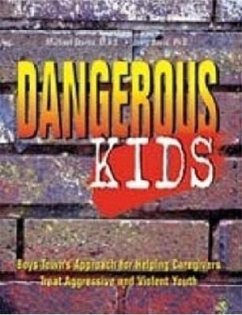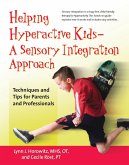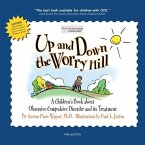Treating Violent Youth Aggressive or violent youth threaten the well-being of themselves, other youth, and caregivers in whatever setting they are in -- foster care, group homes, mental health facilities, or schools. They may need medication and individual or group therapy to help treat their problems. But these youth also need to learn prosocial ways to solve problems and to control negative thoughts and feelings of anger and frustration without turning to aggressive and violent behavior. The approach outlined in Dangerous Kids, based on the Boys Town Teaching Model, can help concerned caregivers work successfully with youth who rely on aggressive, antisocial, and destructive behaviors while keeping themselves and the youth safe. A Program That Works Research data on children cared for in all of Boys Town's programs, including parent training, foster care, in-home intervention, group homes, and intensive residential treatment centers, demonstrate the program's effectiveness. For example, Child Behavior Checklist scores tracking behavioral and emotional problems including aggression fall dramatically from admission to departure, and aggressive incidents decrease. The strategies and techniques used to produce these results can be learned and used by caregivers in any youth care setting. They can help you and the children in your care. Techniques with Structure and Flexibility Crisis Teaching helps you work with a youth who has lost self-control -- yelling, swearing, hitting, or kicking -- to help you stay calm, get the youth to calm down, and to teach the child self-control strategies. Corrective Teaching shows you how to stop misbehavior and help a youth learn a new,positive skill to replace the negative behavior. Proactive Teaching and Effective Praise are other techniques that give you a step-by-step structure to help you feel confident and secure but allow you the flexibility to tailor your approach to each individual child and his or he
Bitte wählen Sie Ihr Anliegen aus.
Rechnungen
Retourenschein anfordern
Bestellstatus
Storno




